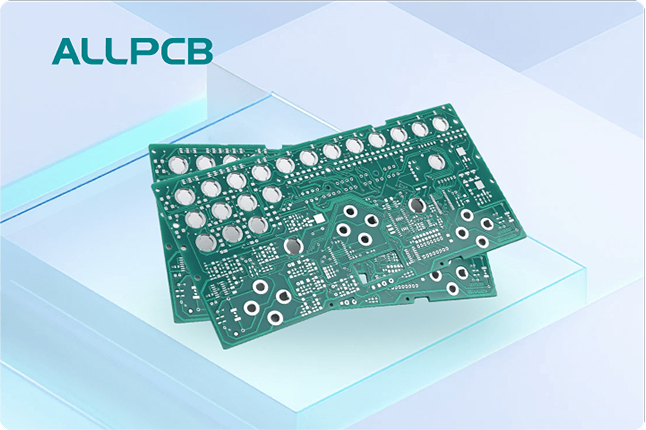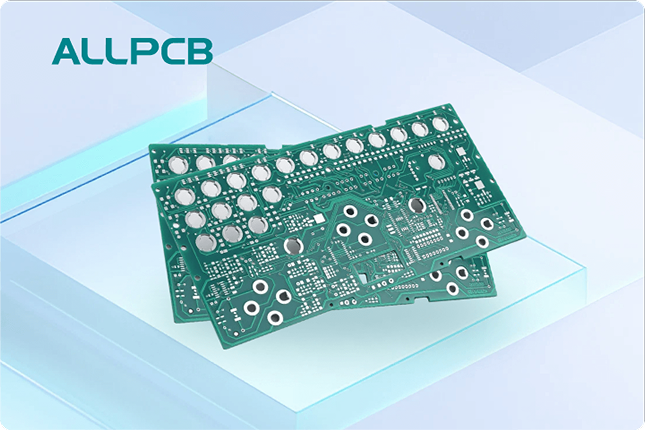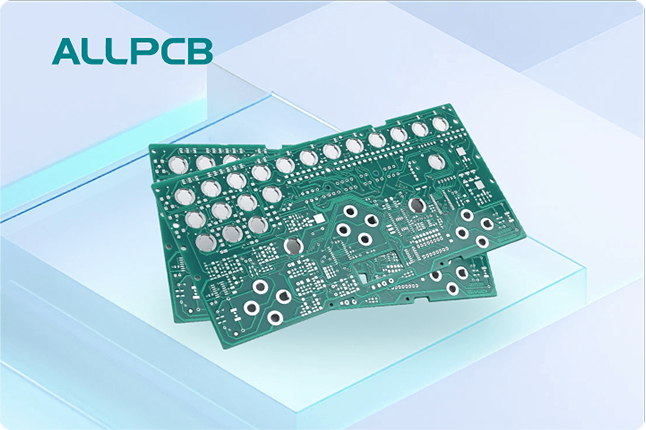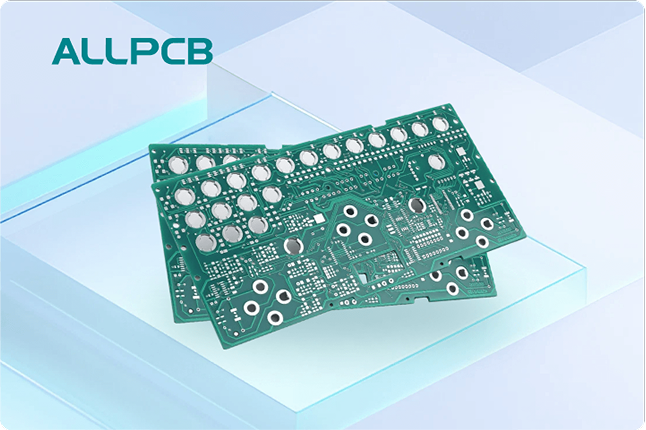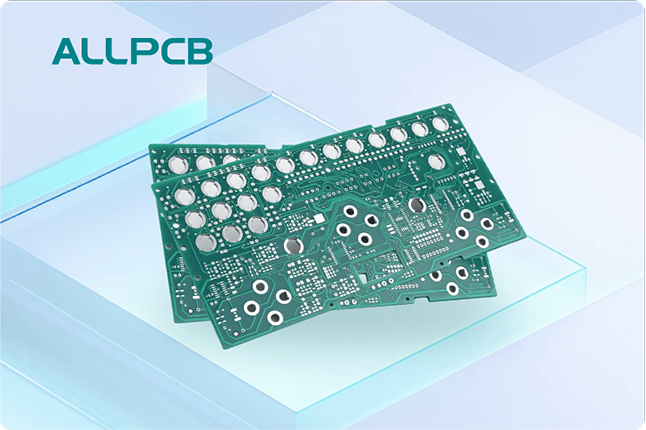Conformal coating removal from printed circuit boards (PCBs) can be a delicate process, and mistakes can lead to costly damage or rework. Whether you're dealing with PCB damage during conformal coating removal, solvent damage to PCB components, overheating during thermal removal, ESD damage during micro-blasting, or preventing rework errors, knowing the common pitfalls and how to avoid them is crucial. In this comprehensive guide, we'll dive into these challenges and provide practical solutions to ensure your PCB rework process is smooth and effective.
Why Conformal Coating Removal Matters for PCB Longevity
Conformal coatings are protective layers applied to PCBs to shield them from moisture, dust, chemicals, and temperature extremes. These coatings, often made of materials like acrylic, silicone, or polyurethane, are essential for ensuring reliability in harsh environments. However, there are times when removal is necessary—whether for repairs, component replacement, or addressing coating defects. If not done correctly, the removal process can compromise the board's integrity, leading to failures or reduced lifespan.
Understanding the risks, such as PCB damage during conformal coating removal or solvent damage to PCB components, is the first step to avoiding costly mistakes. Let's explore the most common errors in this process and actionable tips to prevent them.
Common Mistakes in Conformal Coating Removal
Removing conformal coating requires precision and the right techniques. Below, we break down the most frequent mistakes technicians make during this process and the potential consequences for your PCB.
1. PCB Damage During Conformal Coating Removal
One of the most significant risks during conformal coating removal is physical damage to the PCB itself. This often happens when using aggressive mechanical methods like scraping or brushing without proper care. Excessive force can scratch or break delicate traces, pads, or vias, leading to open circuits or compromised signal integrity. For instance, damaging a trace with a width of just 0.2 mm can disrupt a high-speed signal operating at 5 GHz, causing significant performance issues.
Prevention Tip: Use non-abrasive tools and techniques for mechanical removal. Soft brushes or plastic scrapers are safer options for delicate areas. Always work under magnification (e.g., 10x or higher) to ensure precision and avoid applying excessive pressure. Additionally, test your method on a scrap board first to gauge the force needed.
2. Solvent Damage to PCB Components
Many technicians rely on chemical solvents to dissolve conformal coatings, especially for acrylic-based materials. However, using the wrong solvent or excessive exposure can lead to solvent damage to PCB components. Harsh chemicals like methylene chloride can degrade plastic housings, dissolve adhesives, or affect sensitive components like capacitors and resistors. For example, prolonged exposure to aggressive solvents can reduce the dielectric strength of a capacitor by up to 30%, leading to potential short circuits.
Prevention Tip: Always identify the type of conformal coating before selecting a solvent. Acrylic coatings can often be removed with safer solvents like isopropyl alcohol or specialized removers with lower toxicity. Apply solvents sparingly using a cotton swab or small brush, and limit exposure time to under 5 minutes per area. Protect sensitive components by masking them with tape or temporary barriers during the process.
3. Overheating During Thermal Removal
Thermal removal, often using heat guns or soldering irons, is another common method for stripping conformal coatings, especially silicone or urethane types. However, overheating during thermal removal can damage the PCB and its components. Excessive heat—above 250°C for more than 10 seconds—can cause delamination of the PCB substrate, warp the board, or desolder components. For instance, exposing a multilayer PCB to temperatures beyond its glass transition point (around 170°C for FR-4 material) can weaken interlayer bonds, leading to failures under stress.
Prevention Tip: Use a controlled heat source with adjustable temperature settings, ideally between 150°C and 200°C, depending on the coating type. Work in short bursts of 5-10 seconds, allowing the board to cool between applications. Use a thermal camera or infrared thermometer to monitor the board’s surface temperature and avoid hot spots. Additionally, shield nearby components with heat-resistant tape or aluminum foil to prevent collateral damage.
4. ESD Damage During Micro-Blasting
Micro-blasting, which uses fine abrasive particles to remove conformal coating, is effective for stubborn materials like epoxy coatings. However, this method carries a risk of ESD (electrostatic discharge) damage during micro-blasting. The friction between particles and the PCB surface can generate static charges, potentially discharging through sensitive components. A single ESD event as low as 100 volts can destroy a MOSFET or other semiconductor, leading to immediate or latent failures.
Prevention Tip: Always ground yourself and the PCB during micro-blasting to prevent static buildup. Use an ESD wrist strap connected to a grounded mat, ensuring a resistance path of less than 1 MΩ. Conduct the process in an ESD-safe environment with humidity levels between 40% and 60% to minimize static generation. After blasting, inspect the board for any residual particles that could cause shorts, and clean with compressed air or a soft brush.
5. Failing to Prevent Rework Errors
Rework errors during conformal coating removal often stem from inadequate planning or improper techniques. For example, failing to document the original coating type or application method can lead to using the wrong removal approach, prolonging the process or causing damage. Similarly, not inspecting the board post-removal can result in leftover coating residue, which may interfere with re-coating or component soldering. These mistakes can increase rework time by 50% or more, driving up costs and delays.
Prevention Tip: Start with a detailed assessment of the PCB and coating type before beginning removal. Use manufacturer datasheets or testing methods (like solvent spot tests) to confirm the material. Maintain a clean workspace to avoid contamination during rework, and use proper lighting and magnification to inspect the board for residue or damage after removal. Finally, follow a standardized checklist for each step to ensure consistency and minimize errors.
Best Practices for Safe Conformal Coating Removal
Beyond avoiding specific mistakes, adopting best practices can significantly improve the success rate of conformal coating removal. Here are some key strategies to integrate into your workflow.
Identify the Coating Material First
Different conformal coatings require different removal methods. Acrylic coatings are often soluble in mild solvents, while silicone and urethane may need heat or mechanical methods. Epoxy coatings are the toughest and may require micro-blasting or specialized chemical strippers. Misidentifying the coating can waste time and damage the board, so always test a small, inconspicuous area first or consult documentation.
Use the Right Tools and Equipment
Invest in tools designed for conformal coating removal, such as precision heat guns, ESD-safe brushes, and solvent applicators. For thermal methods, a heat gun with a nozzle diameter of 2-3 mm allows for targeted application. For mechanical removal, plastic or wooden tools are safer than metal ones to avoid scratching traces.
Protect Surrounding Components
Before starting the removal process, mask off areas of the PCB that don’t need to be stripped. Use high-temperature tape or silicone barriers to protect components from heat, solvents, or abrasive particles. This is especially important for connectors, LEDs, and other sensitive parts that could be affected by the removal process.
Work in a Controlled Environment
Perform coating removal in a well-ventilated area to avoid inhaling fumes from solvents or heated coatings. Wear appropriate personal protective equipment (PPE), such as gloves, safety glasses, and masks, to minimize health risks. Maintain a clean workspace to prevent dust or debris from contaminating the PCB during rework.
Document and Inspect Every Step
Keep a record of the coating type, removal method, and any observations during the process. After removal, inspect the PCB under magnification (at least 10x) to check for damage to traces, pads, or solder joints. Measure critical areas with a multimeter to ensure continuity and resistance values remain within specifications (e.g., trace resistance below 0.1 Ω for power lines).
The Importance of Post-Removal Care
Once the conformal coating is removed, the job isn’t over. Proper post-removal care ensures the PCB is ready for repairs or re-coating without introducing new issues. Start by cleaning the board with isopropyl alcohol (at least 99% purity) and a soft brush to remove any residue or contaminants. Dry the board thoroughly using compressed air or a low-temperature oven (around 60°C) to prevent moisture buildup.
Next, inspect the board for any signs of damage caused during removal. Look for lifted pads, broken traces, or discoloration that might indicate overheating. If damage is found, address it immediately using conductive epoxy or trace repair kits to restore functionality. Finally, if re-coating is required, ensure the surface is completely clean and free of residue to guarantee proper adhesion of the new coating layer.
Conclusion: Mastering Conformal Coating Removal for PCB Success
Conformal coating removal is a critical skill for anyone working with PCBs, but it comes with significant risks if not done correctly. By avoiding common mistakes like PCB damage during conformal coating removal, solvent damage to PCB components, overheating during thermal removal, ESD damage during micro-blasting, and preventing rework errors, you can protect your boards and ensure successful outcomes. Implementing the best practices outlined in this guide—such as identifying coating materials, using the right tools, and maintaining a controlled environment—will help you navigate this process with confidence.
At ALLPCB, we’re committed to supporting your PCB projects with expert insights and high-quality manufacturing solutions. Whether you’re tackling rework or starting a new design, taking the time to master conformal coating removal can save you time, money, and frustration in the long run. Keep these tips in mind, and your PCBs will remain reliable and ready for any challenge.
 ALLPCB
ALLPCB


